#Philippines
Text
TAG: HINDI KO NA KAYA.....
ENG: I CAN'T DO THIS.....

#kinitopet#fypツ#kinito fanart#kinito the axolotl#artists on tumblr#fyp#fypシ#kinito my beloved#kinitopet fanart#tumblr fyp#philippines#fypシ゚viral#GUYS I'M FUCKING SWEATING HERE AND I CAN'T DO THIS#kinito#kinitopet art#kinito pet#artist of tumblr#fanart
88 notes
·
View notes
Text
#moreid#environment#day6#christen harper#philippines#san#erica campbell#tumblr girl#Assassins Creed#اقتباسات#warframe#rainbow dash
122 notes
·
View notes
Text
#environment#day6#christen harper#philippines#erica campbell#اقتباسات#warframe#filmgifs#dean x reader#mentesexpostas
125 notes
·
View notes
Text
27 notes
·
View notes
Text
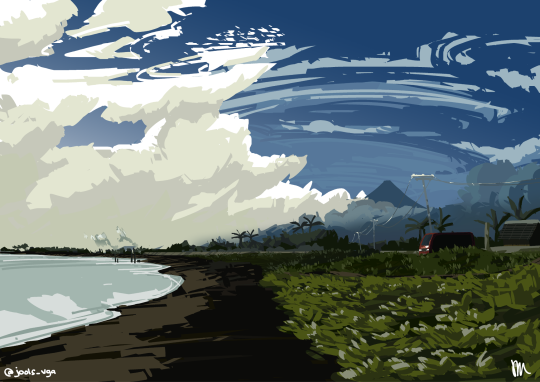
One more plein air for April. A view of Mayon Volcano from Brgy. Baybay, Tiwi, Albay.
#art#my art#digital art#art tag#artists on tumblr#digital painting#illustration#nature#mayon#mayon volcano#philippines#itsmorefuninthephilippines#volcano#mountains#clouds#sky#blue skies#pretty skies#beach#sand#green#blue#brown#white#colors#colored art#outdoors#plein air april#plein air#plein april
21 notes
·
View notes
Text
More than a millennium before Ferdinand Magellan landed in the archipelago that he called Filipinas, the islands were filled with thriving communities, ruled by their respective datu (rulers). They have sophisticated pottery and artifacts developed from trading with the surrounding civilizations in this part of the world. There was no extensive documentation on these cultures because of the lack of a permanent source of writing material, but one thing is certain—they are exceptional goldsmiths.
One day in April 1981, a local named Edilberto Morales working with heavy machinery for an irrigation project in the province of Surigao del Sur found what turned out to be 22 pounds of gold artifacts. Morales quietly took home his stash on a rice sack and covered them with bananas. He wasn't sure what to do with the artifacts, so he entrusted them to the local priest. As words of the discovery got out, buyers and looters flocked to the village. Before long, the treasure was gone.
Fortunately, most of them made their way to the few buyers who could afford to buy them—the Central Bank and prominent people in the capital.
The items dated back to the 10th through the 13th centuries. The most prominent artifact is a sash made of 3,860 grams of gold. This piece was likely worn by an important datu during key rituals. The sash is made of tightly braided gold wires and beads woven to assemble a four-cornered halter with a slit on one end, perhaps to hold a ceremonial weapon.
It was likely made for ceremonial purposes, but no one can be sure. Similar golden regalia have been used by the Brahmin caste in India.
20 notes
·
View notes
Text

This is a monument to the US colonization of the Philippines. The US killed at least 200,000 Filipinos in the Philippines-US war and US imperialism until now greatly affects the Philippines. The struggle for liberation of colonized peoples is one. I, for one, welcome this defacement, and would actually like to see it vandalized even more.
8K notes
·
View notes
Text



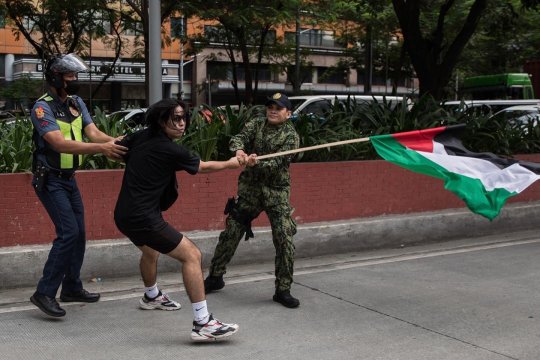


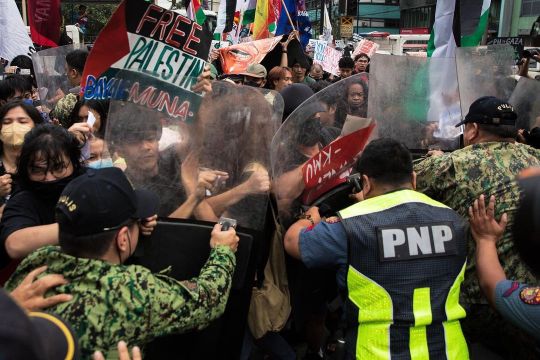
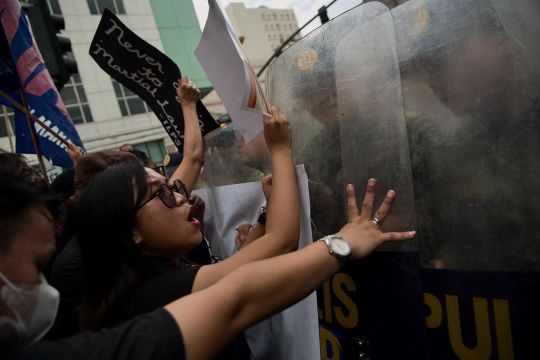
Filipino activists clash with police as they march towards the US Embassy in Manila to protest the US backed genocidal siege waged by Israel in Gaza.
November 14 2023
Photos by Raffy Lerma
#palestine#free palestine#philippines#free gaza#gaza genocide#save palestine#i stand with palestine#fuck the idf#save gaza#palestinian genocide#b
7K notes
·
View notes
Text

In my dreams we are both free
5K notes
·
View notes
Text
University students in the Philippines, who were directed to create their own “anti-cheating” hats to prevent them from looking at their peers’ papers during midterm examinations, came out with unique ideas
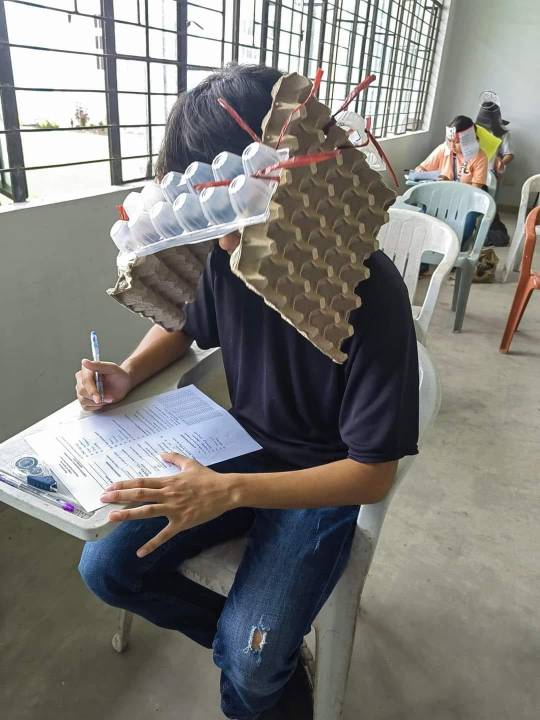
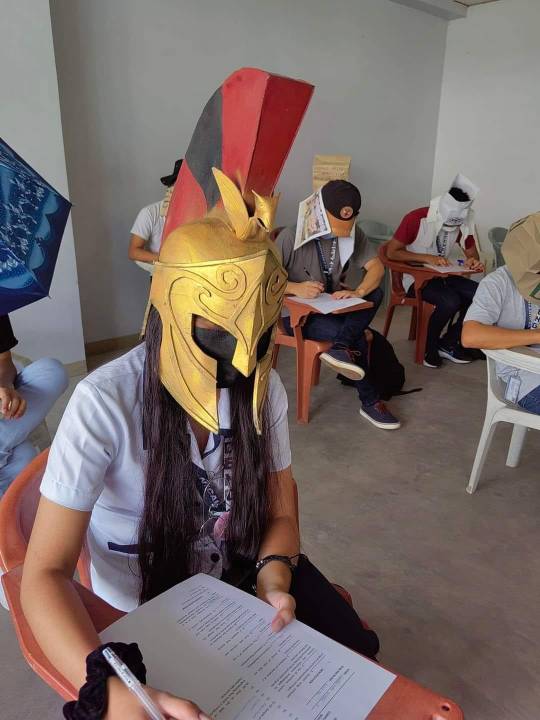
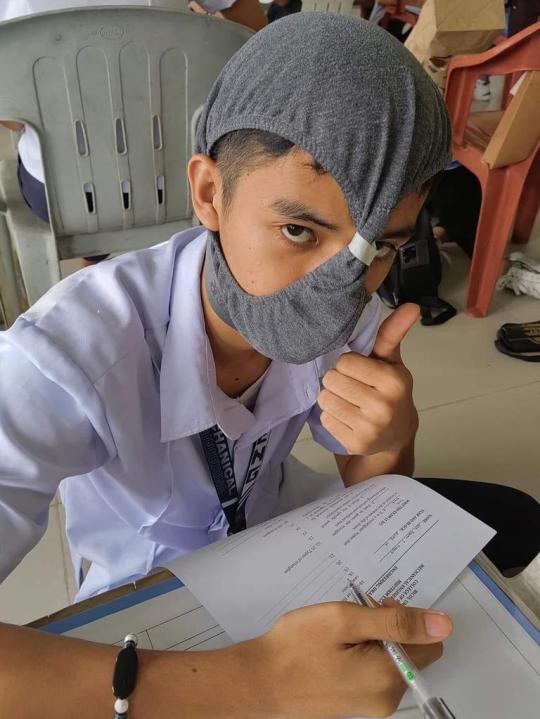


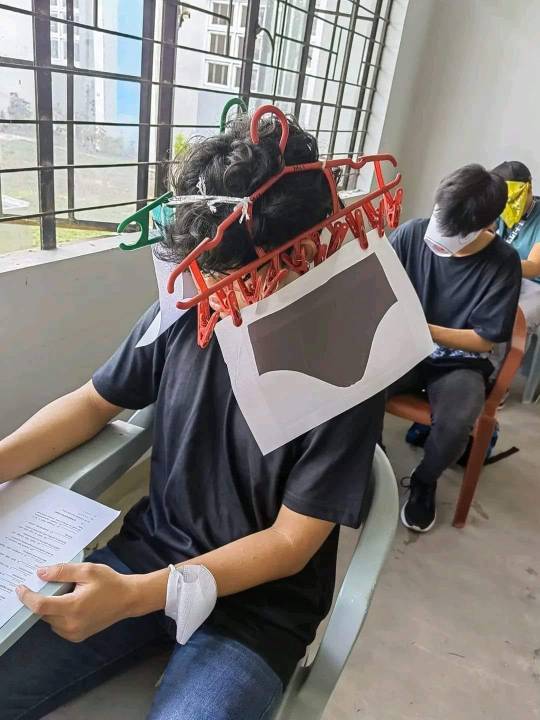





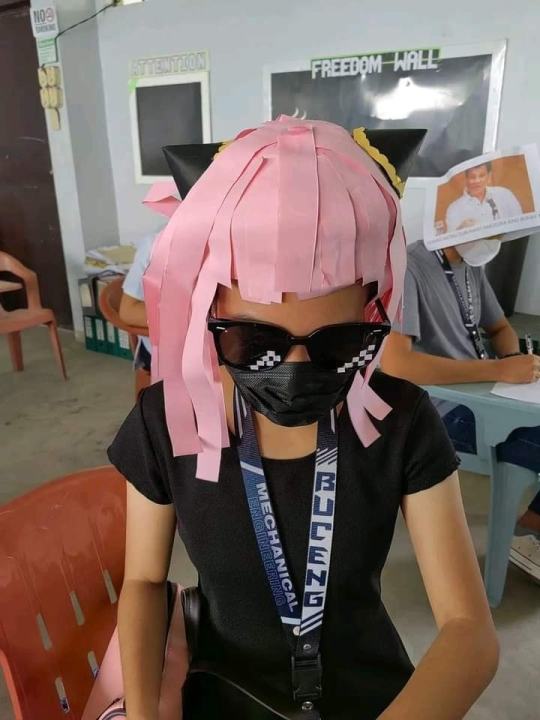
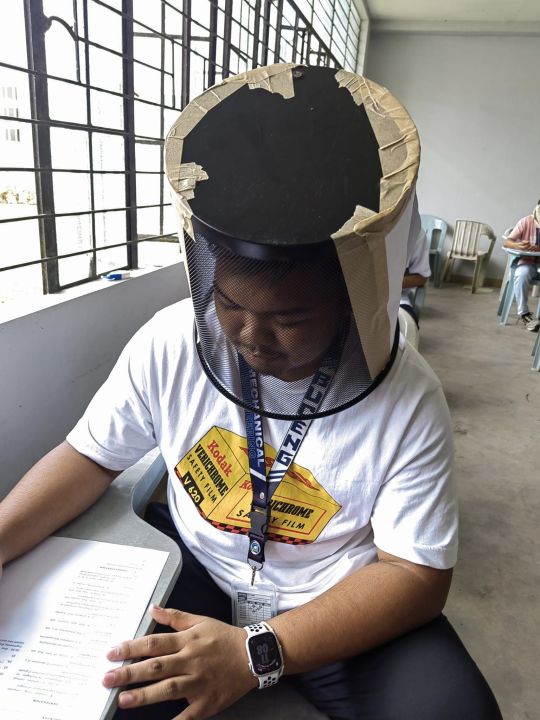
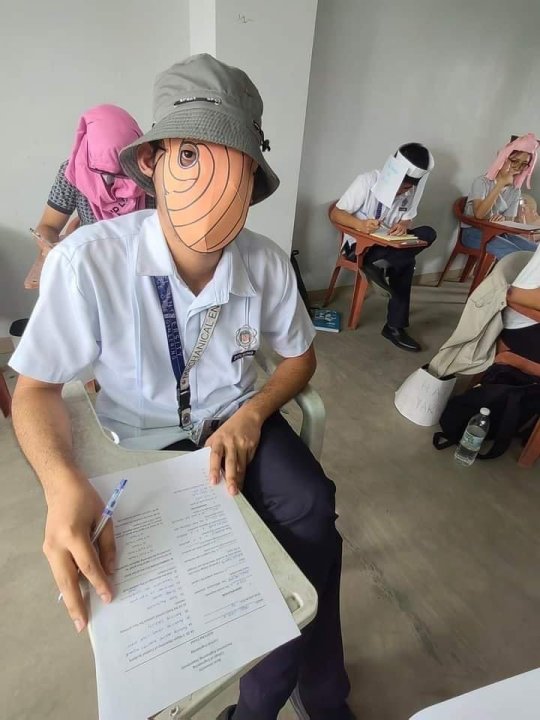
49K notes
·
View notes
Text

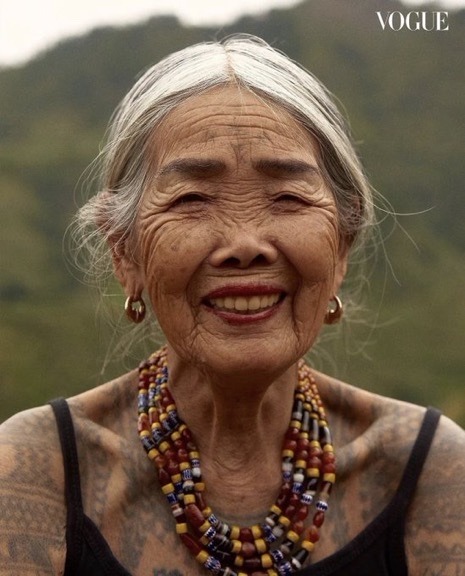



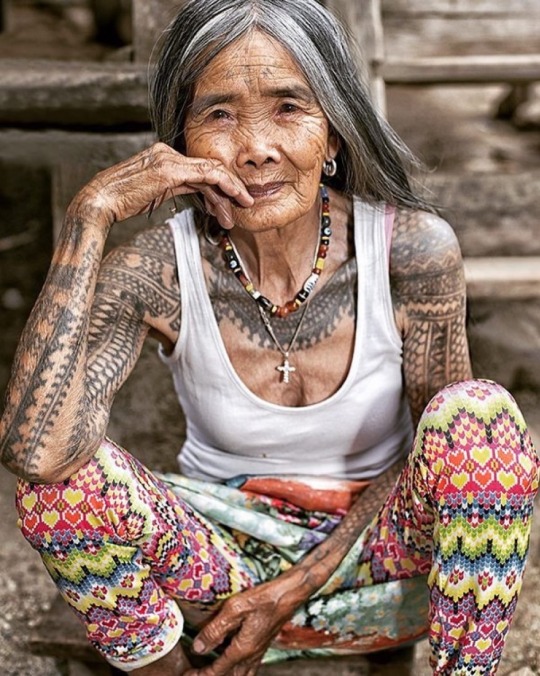
Michelle Dee, Miss Phillipines 2023, wore a dress as a tribute to the last and oldest living Kalinga (Indigenous Filipinos) tattoo artist, Apo Whang Od and her work
#michelle dee#Michelle Marquez dee#Maria Whang Od Oggay#apo whang od#philippines#miss universe#miss universe 2023#filipino#fashion#couture#fashion history#tattoo#indigenous#indigineous people#history#Art history#Vogue#miss Philippines#miss Philippines 2023#mine
8K notes
·
View notes
Text

“Red is the first color of the rainbow” - Pro-LGBT propaganda poster from Filipino communist Emiliana Kampilan (c. 2019)
6K notes
·
View notes
Text

2K notes
·
View notes
Text
The Spanish surnames of many Filipinos have often misled foreigners here and abroad, who are unaware of the decree on the adoption of surnames issued by Governor-General Narciso Clavería in 1849. Until quite recently in the United States, the Filipinos were classified in demographic statistics as a “Spanish-speaking minority,” along with Puerto Ricans, Cubans, Mexicans, and other nationals of the Central or South American republics. The Philippines, as is well known, was a Spanish colony when Spain was mistress of empires in the Western Hemisphere; but the Americans were “hispanized” demographically, culturally, and linguistically, in a way the Philippines never was. Yet the Spanish surnames of the Filipinos today—García, Gómez, Gutiérrez, Fernández—seem to confirm the impression of the American statistician, as well as of the American tourist, that the Philippines is just another Mexico in Asia. Nor is this misunderstanding confined to the United States; most Spaniards still tend to think of “las Islas Filipinas” as a country united to them through the language of Cervantes, and they catalogue Philippine studies under “Hispano-America.” The fact is that after nearly three-and-a-half centuries of Spanish rule probably not more than one Filipino in ten spoke Spanish, and today scarcely one in fifty does. Still the illusion lives on, thanks in large part to these surnames, which apparently reflect descent from ancient Peninsular forbears, but in reality often date back no farther than this decree of 1849.
Somehow overlooked, this decree, with the Catálogo Alfabético de Apellidos which accompanied it, accounts for another curiousity which often intrigues both Filipinos and foreign visitors alike, namely, that there are towns in which all the surnames of the people begin with the same letter. This is easily verifiable today in many parts of the country. For example, in the Bikol region, the entire alphabet is laid out like a garland over the provinces of Albay, Sorsogon, and Catanduanes which in 1849 belonged to the single jurisdiction of Albay. Beginning with A at the provincial capital, the letters B and C mark the towns along the coast beyond Tabaco to Tiwi. We return and trace along the coast of Sorsogon the letters E to L; then starting down the Iraya Valley at Daraga with M, we stop with S to Polangui and Libon, and finish the alphabet with a quick tour around the island of Catan-duanes. Today’s lists of municipal officials, memorials to local heroes, even business or telephone directories, also show that towns where family names begin with a single letter are not uncommon. In as, for example, the letter R is so prevalent that besides the Roas, Reburianos, Rebajantes, etc., some claim with tongue in cheek that the town also produced Romuáldez, Rizal, and Roosevelt!
Excerpt from the 1973 introduction to Catálogo de Alfabético de Apellidos by Domingo Abella
1K notes
·
View notes
Text

As always, death to imperialism.
3K notes
·
View notes